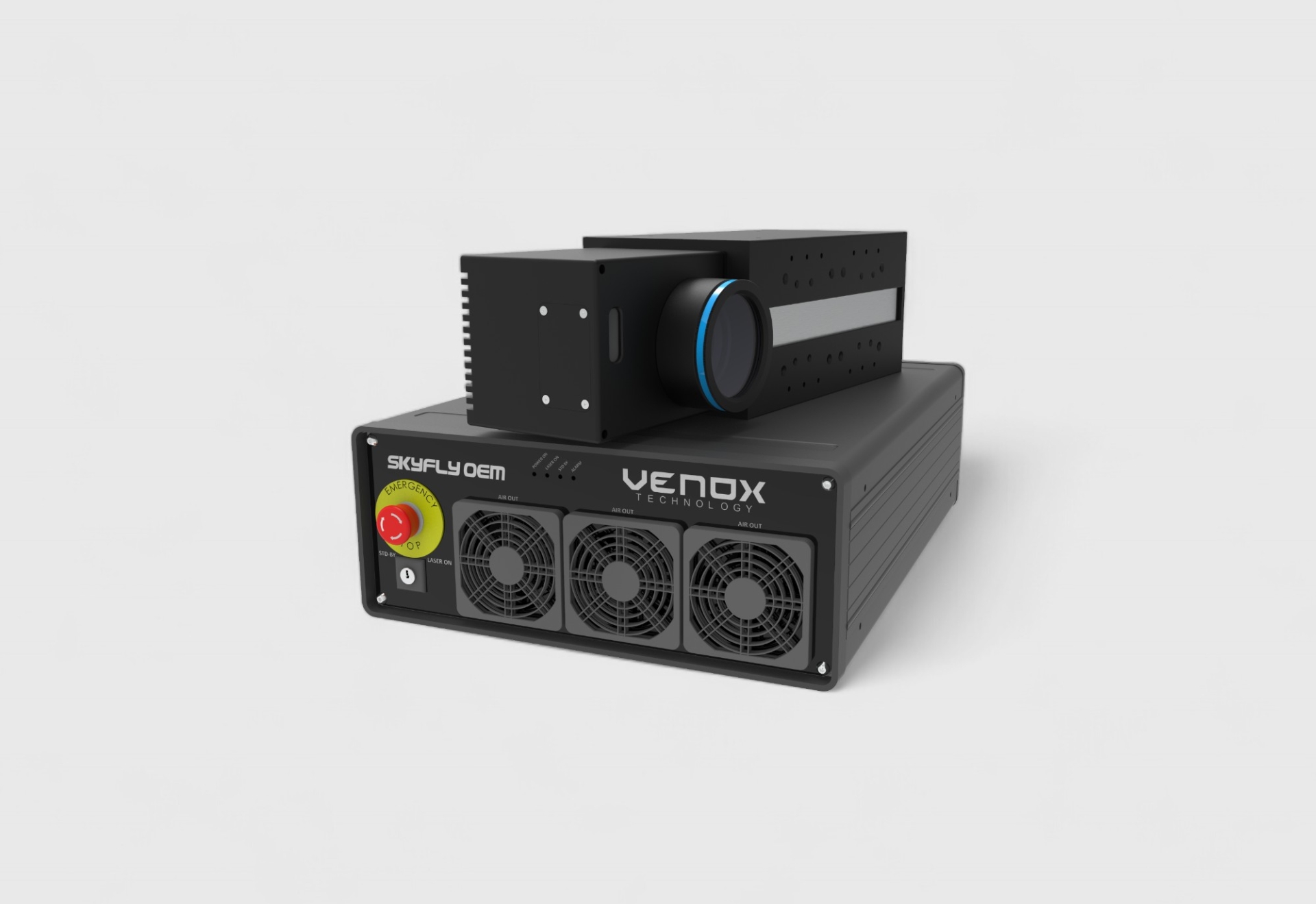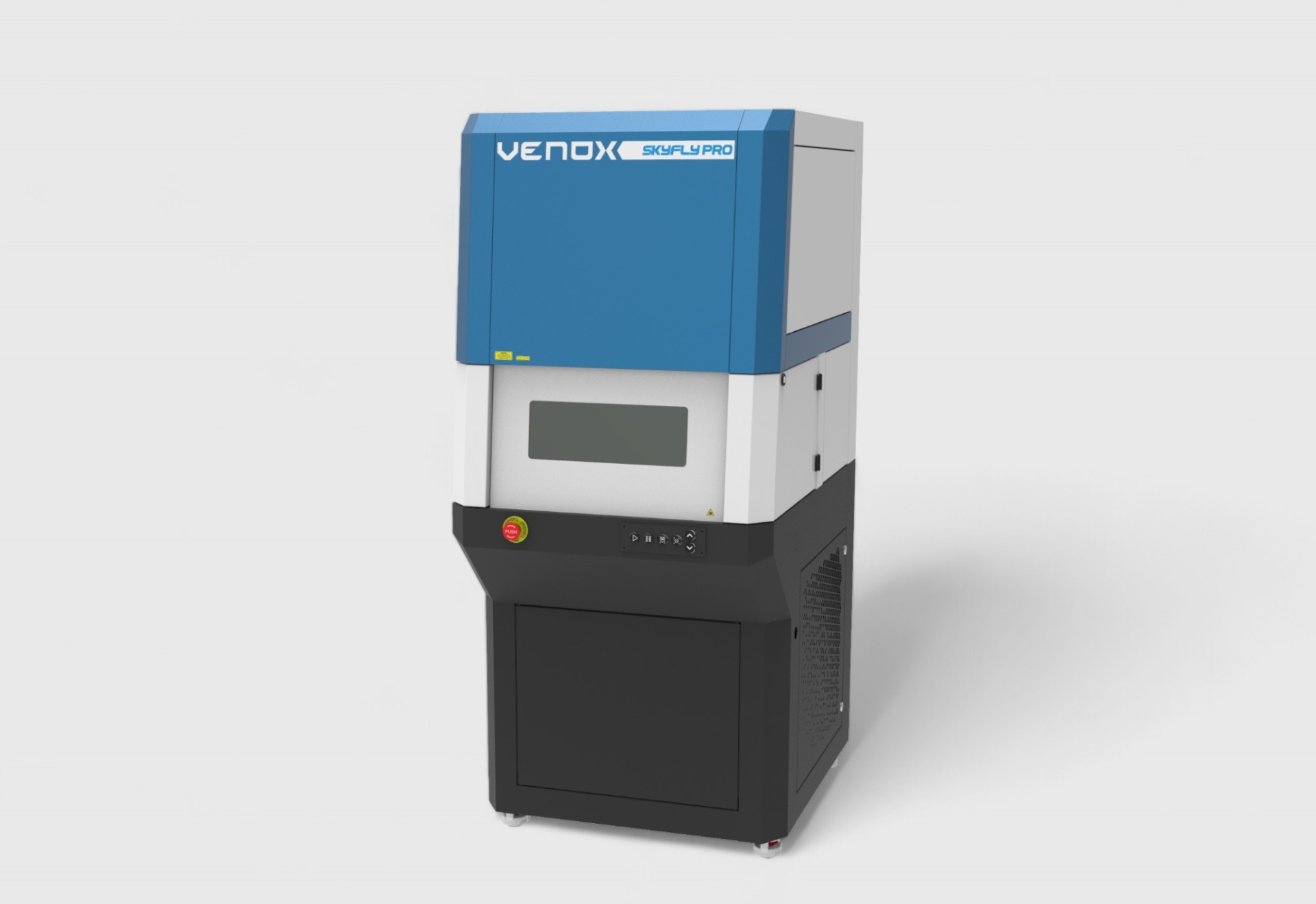Color Laser Marking Techniques: How to Create Color on Stainless Steel?
In industrial production, simple black or gray markings are no longer sufficient. For high-value products, promotional materials, and customized components, **color laser marking** is becoming increasingly important. Especially on stainless steel surfaces, laser-generated colors create a significant difference in terms of aesthetics and quality. In this article, we will examine step by step how color is created with lasers on stainless steel, which laser technologies can be used, and which parameters are required.
What Is Color Laser Marking and How Does It Work on Stainless Steel?
Color laser marking is achieved when a laser beam applies controlled energy to a stainless steel surface, forming a thin oxide or interference layer. This layer changes the way light reflects from the surface, creating tones such as blue, green, red, and similar colors. :contentReference[oaicite:0]{index=0}
Why Is Stainless Steel Suitable for Color Marking?
Stainless steel is an alloy highly resistant to oxidation, yet when controlled oxidation is applied with a laser, it can produce a wide color spectrum. Especially tones such as blue, green, red, and purple can be generated. :contentReference[oaicite:1]{index=1}
Technology Selection: MOPA Fiber Laser and Parameter Control
MOPA fiber laser systems are generally preferred for color marking because pulse duration, frequency, energy, and scanning mechanisms can be finely controlled — enabling a wide color range. :contentReference[oaicite:3]{index=3} Key parameters include:
- Pulse duration (in nanoseconds)
- Laser frequency (kHz–MHz range)
- Laser power and applied energy density
- Scanning speed and line spacing
Color Formation Mechanism: Oxide Layer and Light Interference
When the laser is focused on the surface, controlled heating occurs. This increase in temperature forms a very thin oxide layer or slightly modifies the surface. This layer changes light refraction and reflection angles, creating the colorful effect. :contentReference[oaicite:4]{index=4}
Color Laser Marking on Stainless Steel: Steps & Tips
For successful color laser marking, the right technology alone is not enough; proper production steps must also be followed. Below are the main application steps.
Surface Preparation and Polishing
Before processing, the stainless steel surface must be:
- Free from oil, dust, and oxide films
- Smooth and polished (matte finishing is optional)
Parameter Settings: Power, Speed, Frequency, and Focus
In color marking, the following parameter combinations must be carefully adjusted:
- Power: Too little power limits color formation, while too much power may cause melting.
- Speed: Lower speeds produce deeper and darker tones; higher speeds give lighter tones.
- Frequency / Pulse Duration: In MOPA systems, pulse duration may range from 1–350 ns, and frequency from 1 kHz to 1 MHz. :contentReference[oaicite:6]{index=6}
- Focus and Lens Selection: Spot size and accurate focusing are critical for color clarity.
Testing and Series Production: Calibration Process
Before mass production, tests must be performed on sample parts:
- Experiment with different parameters and record the resulting colors
- Check the desired tone and contrast
- Ensure stable results under production conditions
Application Areas and Industries Using Color Marking
Color laser marking is especially in demand in the following areas:
- Jewelry & accessories: Personalized colored logos on stainless steel surfaces
- Medical devices: Color-coded part tracking and identification
- Electronics housings: Brand logos and model information
- Promotional products: Enhancing product value with color marking
Cost and Investment Perspective
Color marking systems may require a higher initial investment compared to standard black marking. However, since additional processes such as painting or coating become unnecessary, overall operating costs may be reduced in the long term. Additionally, product perceived value increases, providing a competitive advantage.
Common Issues and Suggested Solutions
During color marking, the following problems may occur:
- Color tone appears pale or inconsistent → Surface preparation or parameter optimization may be insufficient.
- Surface swelling, melting, or incorrect marks → Power may be too high or focus distance incorrect.
- Desired color tone not repeatable in production → Inadequate testing or missing quality control.
- Standardize the surface preparation process.
- Recalibrate parameters for parts with inconsistent material properties.
- Verify every mark using a quality control system.
Conclusion and Recommendations
Color laser marking on stainless steel surfaces offers strong advantages both technically and aesthetically. With the right laser technology, proper preparation, precise parameter calibration, and systematic application, you can achieve high-quality, permanent, and visually appealing markings. I recommend considering the following points:
- Always test color variations on sample parts before production.
- Monitor parameter stability in your production line.
- Invest in maintenance and operator training to ensure continuity.







